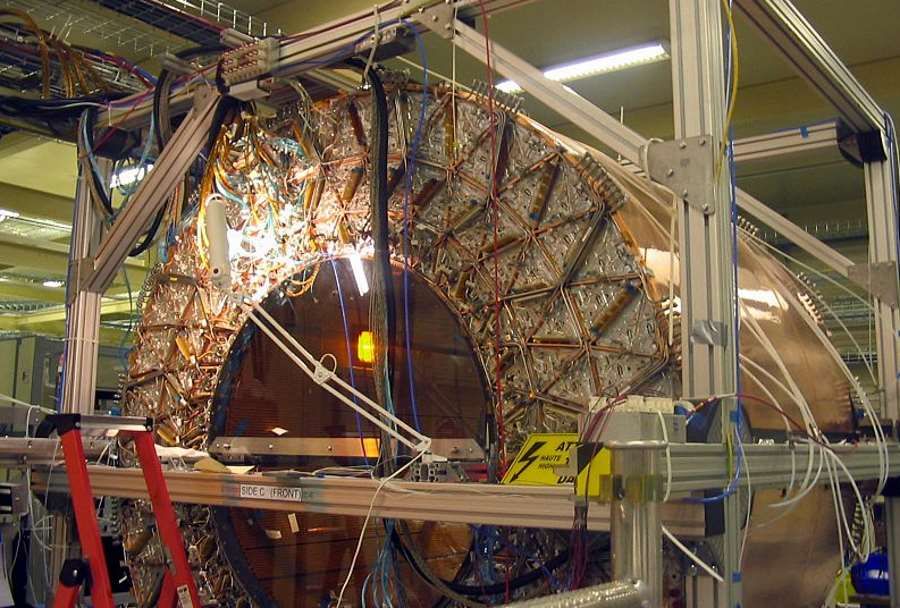China will build a successor to the Large Hadron Collider
At a special ceremony in Beijing, conceptual plans of the next generation particle gas pedal, which is to be the successor of the Large Hadron Collider, were shown. The Circular Electron Positron Collider is expected to be four times larger than the CERN facility and will be completed by 2030.
Chinese scientists from the Institute of High Energy Physics have completed the project of a new generation particle gas pedal – Circular Electron Positron Collider (CEPC). The publicized report includes details The technical aspects of the construction, which re Both complement and go beyond the physics of the Large Hadron Collider at CERN.
The report is a summary of the work done over the past six years by thousands of scientists and an engineer in zar both in China and abroad. Includes the design of the gas pedal complex , including the linear gas pedal, the collider itself and the detector . In addition, he describes the cryogenic system, civil engineering and auxiliary equipment. Discusses r also future plans for research, which hich will be carried out at CEPC.
Building a new particle gas pedal to support two large Higgs detectors, the Chinese physics community is looking forward to a new facility in proposed after the discovery of the Higgs boson in 2012. However, in At that time, the researchers did not present any concrete . The document, published a few days ago, runs to over 500 pages. According to it, the base structure of the CEPC is to be a sub A 100-kilometer-long ring . The LHC is 27 kilometers long .
– Our report means we have completed the basic gas pedal, detector and civil engineering design for the entire project. We will now focus on research and development of key technologies for CEPC – explained Professor Gao Yuanning of Peking University.
The research and development work is planned to take about five years. At that time, prototypes of key components of the The report summarizes the work done over the past six years by thousands of scientists in the . Plans call for construction to begin in 2022 and be completed by 2030.
Initial operating assumptions are that the CEPC will operate as a Higgs boson factory for the first seven years. Next to take on the Z boson (zonon) and the W boson (wuon). CEPC’s 10-year plan is to produce more than a million boson on the Higgs, one hundred million in the boson in the W and close to one trillion in the boson in Z.
CEPC is an important part of a global plan to study high-energy physics. It is intended to support a comprehensive research program of the scientists of the Higgs boson from around the world. – Physicists from many countries The technical construction will be supported by The presenters will work together to explore the frontiers of science and technology, and in so doing, understand the fundamental nature of matter, energy and the Universe as a whole – said Professor Wang Yifang, head of the Chinese Institute of High Energy Physics.
– The report is an important milestone on the way to such an important facility for fundamental physics – said Professor Geoffrey Taylor of the University of Melbourne, head of the International Committee for Future Accelerators. – There is no doubt in my mind that the international community is looking forward to the development of a digital The researcher did not provide any specifics on how to cooperate in the development and operation of the CEPC and how to better understand the basic components of the in the matter of – added.
Source Source: EurekAlert!, CERN Courier, photo. SCZenz/Wikimedia Commons/ CC BY-SA 3.0
